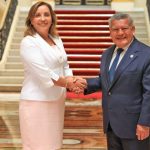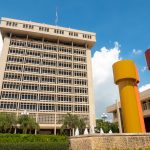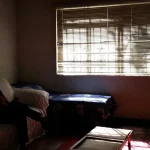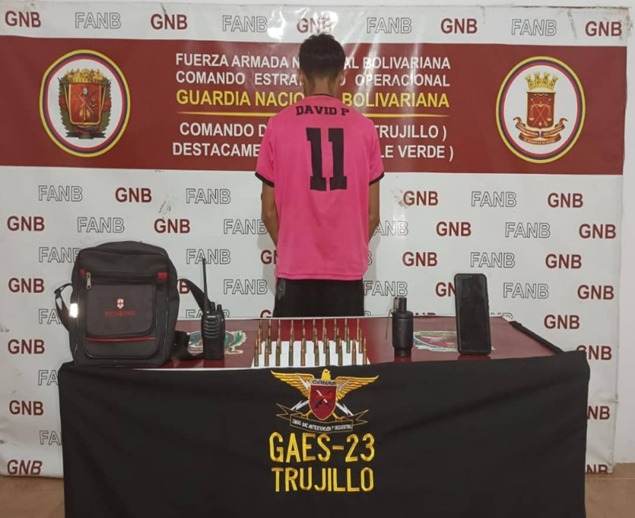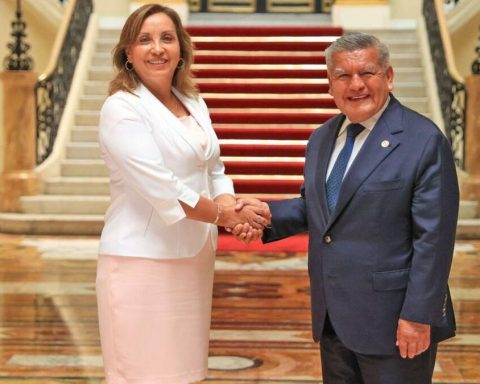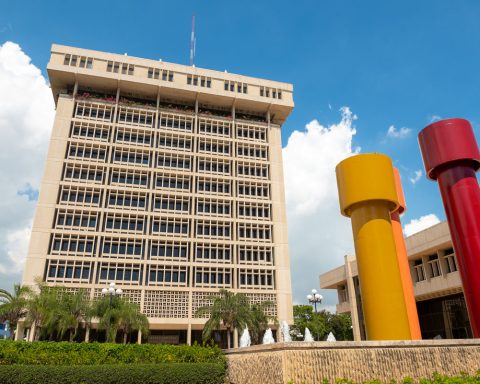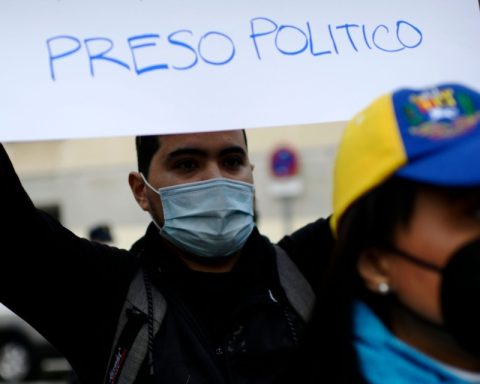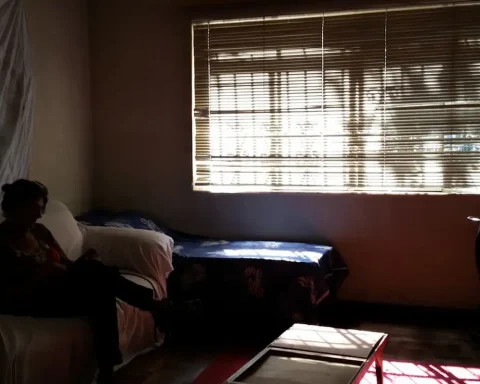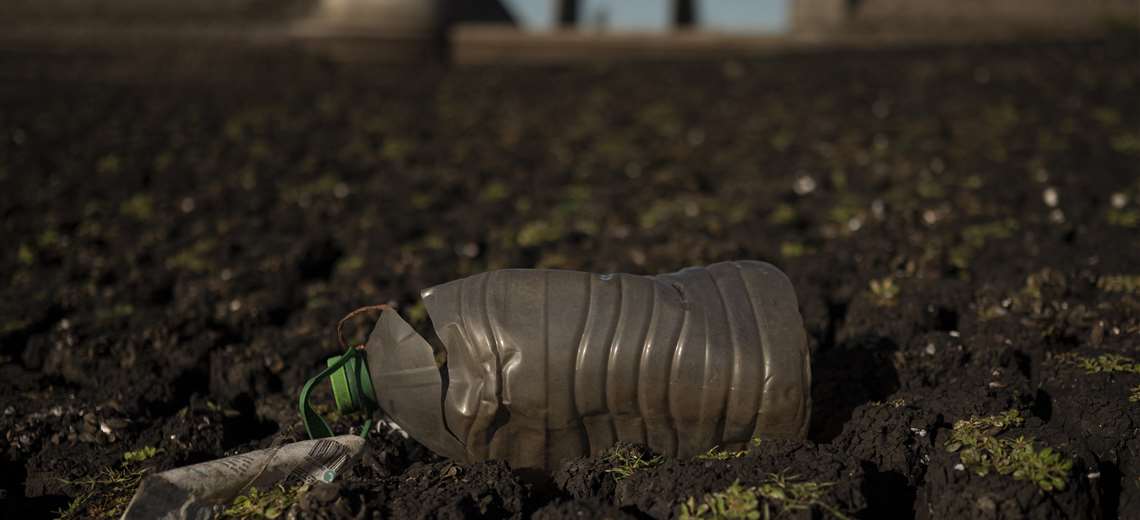
June 29, 2023, 11:25 PM
June 29, 2023, 11:25 PM
“What agony the lake has!” exclaims Gustavo Aguiar, contemplating the reduced flow of the Paso Severino damthe main source of fresh water for Uruguay’s most populous area, which authorities say may soon have no “drinkable water.”
On this sunny and cold winter day, many people come to observe the state of the reservoir on the Santa Lucía Chico river, located about 90 km north of Montevideo and which It supplies the capital and surroundings, where some 1.8 million people live.
“It’s resisting drying up, but the rain hasn’t come yet…”, adds Aguiar, a resident of the area, to AFP, pointing out what “was a huge mirror of water”.
The acute drought that has plagued Uruguay for more than three years has led to historically low levels Paso Severino reserves: as of June 28, only 1,652,547 m3 remained, 2.4% of its total capacity.
The dammed water not only no longer runs over the gray concrete of the spillway, but is several meters below. And the controlled flow that flows towards the water treatment plant, located 35 km downstream, barely splashes the rocks in front.
A plaque recalls the dam’s inauguration date: October 30, 1987. It was then that the surrounding land was flooded. Today the drop in water is so pronounced that submerged bridges appeared for more than three decades.
At 60 years old, José Luis Deniz remembers very well when he used to cross the Old Severino Bridge on a bicycle. “He disappeared with the reservoir, he was literally covered,” he says.
The rusty skeleton reappeared in the middle of an apocalyptic landscape. Where once there was water there is now cracked mud. The white snails embedded in the dried mud glisten in the midday sun.
“It’s impressive,” says Rebeca Imbert, 18, who was born and raised nearby. She has just arrived on a motorcycle with two cousins, determined to see with their own eyes what her parents had told them.
Raúl Damiano is 53 years old and has many memories of the lake. “I always came to fish and to see it is really impressive because of the amount of water that is missing,” he says.
The Paso Severino reservoir had an area of 1,487 hectares when the dam was operating above its 36-meter elevation, according to data from Obras Sanitarias del Estado (OSE), the state-owned company that supplies drinking water in Uruguay.
There have been droughts before, but none like this one, says Julio Sánchez, a 78-year-old retired farmer who is part of a group of local historians.
“Today I went through Canelón Grande and that’s really scary,” he says of a nearby reservoir that provided water for Montevideo and which ran out in March. “The whole of society has to become aware that we are facing a tremendous problem.”
To alleviate the lack of rainfall, OSE has been mixing the water from Paso Severino with another from courses near the Río de la Plata, more brackish because it comes from the estuary, for two months.
This forced a temporary increase in the maximum levels of chloride and sodium allowed for OSE water, effective until July 20. According to the latest daily report, in a pumping line in the metropolitan area those levels were above the authorized.
President Luis Lacalle Pou, who decreed a water emergency ten days ago to facilitate the taking of measures, remarked on Thursday that there is no immediate solution.
“We are trying to manage the reserves we have as best as possible and carrying out work that will take 30 days,” he told reporters, referring to the projected dam on the San José river.
“If it doesn’t rain, there will be a period in which the water is not drinkable,” he stressed, although he clarified that the OSE water can be used for “washing,” “bathing” and “sanitation.”
Lacalle Pou said that drinking water represents 5% of the total water consumed in an average home. And she assured that almost a third of those affected will have “free” bottled water, while the other thirds will have it “without taxes.”
On Thursday, the government announced that from next week more than 500,000 people residing in the metropolitan area will receive money to buy two liters of bottled water a day. The tax exemption for bottled water was approved by Parliament on June 21.






